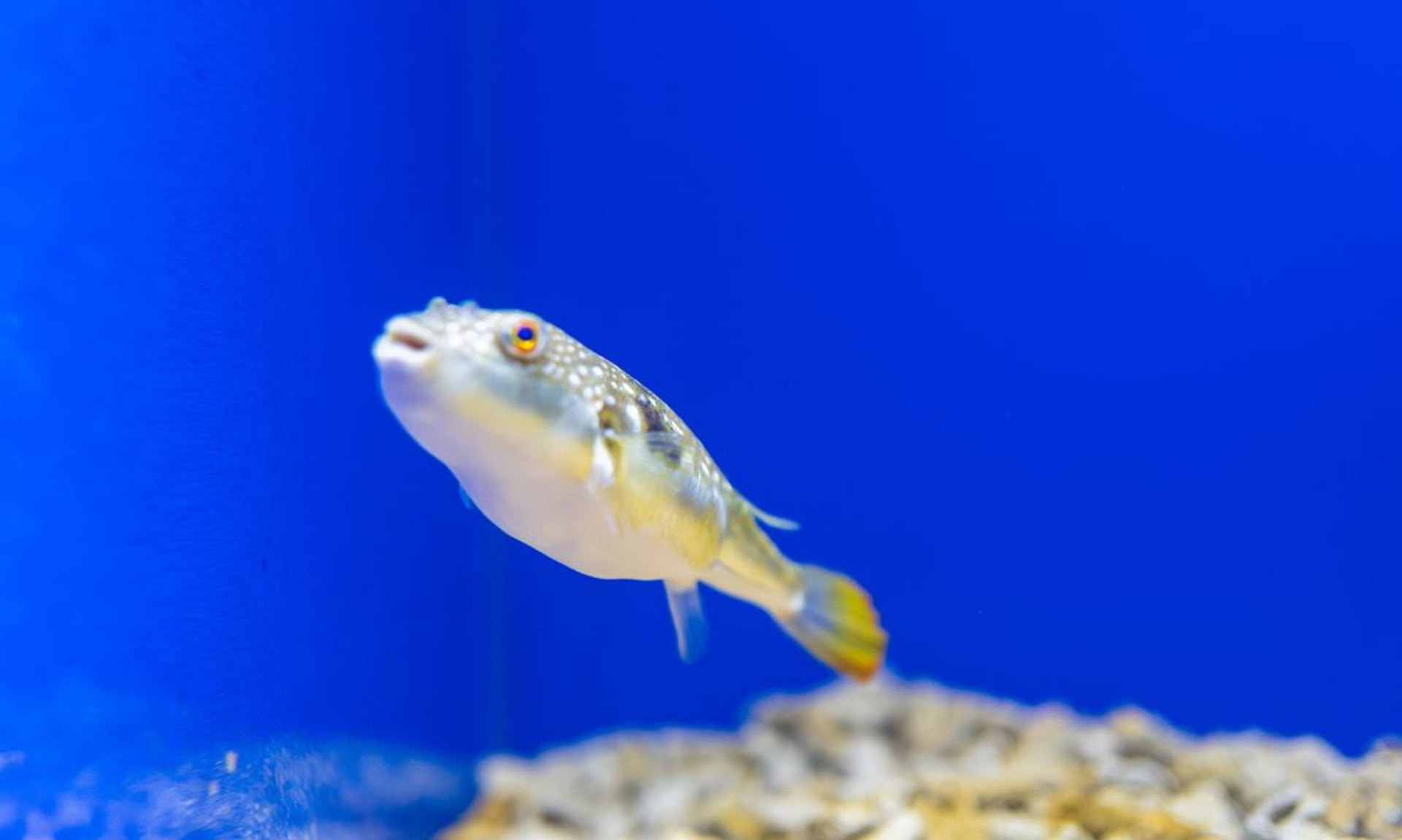Fishy Facts: Why Oxygen Is Crucial to Aquaculture
Aquaculture, or the breeding, rearing, and harvesting of plants and animals in all types of water environments, is an industry marked by innovation and the significance of food security. Dissolved oxygen levels within water bodies are important influences on aquaculture success. We’ll cover oxygen in aquaculture systems by explaining why it’s so crucial to this industry.
The Role of Oxygen in Aquaculture Systems
Oxygen is a fundamental element for life, supporting metabolic and physiological processes. In aquaculture environments, the concentration of dissolved oxygen is critical for the survival and growth of fish. Adequate oxygen levels support respiration and feed conversion to biomass, ensuring healthy growth rates. Oxygen concentrations below optimal levels (hypoxia) can lead to increased stress, reduced immunity, stunted growth, and mortality.
Understanding the Relationship Between Oxygen and Fish Health
We can link the health and vitality of aquaculture stock directly to dissolved oxygen levels. Fish draw oxygen from water through their gills, which is less efficient than the air-breathing process of terrestrial animals. Still, it is effective for the fish.
Maintaining a controlled environment with scientific gas regulators becomes essential for running aquaculture systems. Optimal oxygen levels support fish metabolism, effective nutrient absorption, robust growth, and heightened disease resistance. Conversely, inadequate oxygenation can precipitate a cascade of physiological stress responses, compromising fish health and reducing yield.
The Challenge of Oxygenating Water
Now that you understand why oxygen is so important in aquaculture, you need to know why keeping it in the water is such a challenge. In general, aquatic systems possess a natural tendency toward oxygen depletion. Overstocking, organic load from feed, and microbial respiration exacerbate this tendency, presenting a significant challenge in aquaculture operations. Temperature, salinity, and atmospheric pressure affect water’s capacity to hold oxygen. These variables require vigilant monitoring and management within aquaculture systems.
Oxygenation Techniques in Aquaculture
By maintaining optimal dissolved oxygen levels, the aquaculture industry has innovated a variety of oxygenation techniques. Mechanical aeration, one of the most prevalent methods, involves the agitation of water to increase oxygen exchange at the surface. Advanced systems leverage diffusers or aerators that release fine bubbles, enhancing the efficiency of oxygen absorption.
Supplementary oxygenation techniques include using pure oxygen introduced through sophisticated piping systems and scientific gas regulators. This method augments dissolved oxygen levels, which is particularly beneficial in densely stocked or deep-water environments. Additionally, emerging technologies explore the potential of nanobubble technology and oxygen-infused feed, promising to revolutionize oxygen delivery mechanisms in aquaculture.
If you decide to oxygenate your water and want to make it as pure as possible, you’ll need one of MESA Gas’s scientific gas regulators. These devices will help you use the right amount when testing and using pure oxygen.

